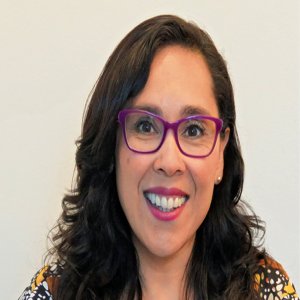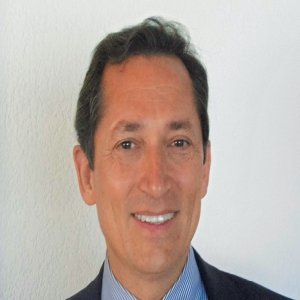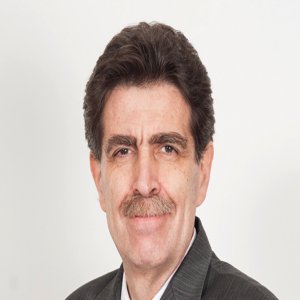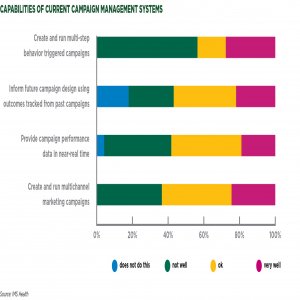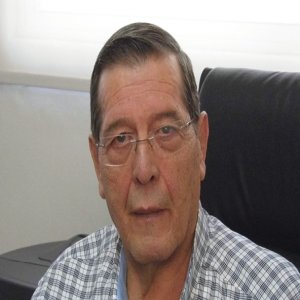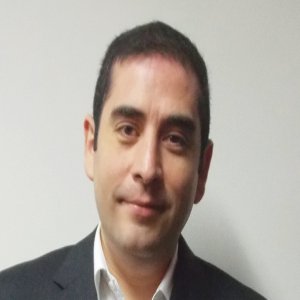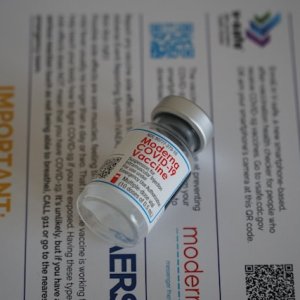A Foundation to Accelerate Innovation

STORY INLINE POST
Q: What is the purpose of the health division of the Carlos Slim Foundation and what are the main challenges you have been trying to address?
A: The Carlos Slim Foundation’s health division aims to fully utilize its capacity to shake up the Mexican system and accelerate innovation. Even though we have an alliance with the Ministry of Health, this objective has been rather complicated as the current system is static and resistant to change. There are also many constraints, including fixed budgets and complex regulatory processes. Since there is strong accountability for mistakes, many individuals are afraid to take any innovative measures. The current system hampers innovation and is unable to adapt to evolutions in the public’s health and lifestyle.
Q: What specific programs have you established to help achieve the goals of the Foundation?
A: We have defined several areas that we believe to be aligned with the main health problems faced by the country. The first is maternal mortality, which remains a large problem despite strong efforts to reduce it in Mexico over the last 20 years. The reason behind the high rate of maternal mortality is the lack of systematic early access to prenatal care services and the quality of care. To help solve this problem, our first step has been to create a network in low socioeconomic areas with high maternal mortality rates, which includes community health posts, midwifes, mobile units, primary health units, and general and specialized hospitals. Through these networks, and by using information systems developed by the foundation, our goal is to identify women in the early stages of pregnancy and provide them with access to quality care. Another major challenge to the health system as a whole, and a huge financial burden, is the growth of non-communicable diseases such as obesity, cardiovascular diseases, and diabetes. It is 31 times cheaper to prevent diabetes than to treat it and therefore prevention is crucial. While the government is conscious of the problem, implementing the proper prevention strategies has proved a challenge. For this reason the foundation takes a systematic approach to tackling the problems of diabetes, obesity and hypertension, including creating Integrated Measurement for Timely Detection (MIDO), an early detection and proactive prevention strategy that uses innovative measurement tools to classify individuals by risk category and provide personalized treatment options. MIDO has been implemented in primary health units, subway stations and bus hubs, setting a new paradigm in health services outreach and proactive prevention. As for infectious diseases, we are focusing on reengineering the national vaccination program by developing a new information system, based on an innovative electronic vaccination card, to improve decision making and immunization coverage. At the same time, we are working on the development of a therapeutic Chagas vaccine and supporting policy making for the possible introduction of the dengue vaccine in Mexico. We also have educational programs such as our on-line training platform PIEENSO and are investing in research and development for genomics, cancer, metabolomics, and proteomics.
Q: What are the central aims of the PIEENSO program?
A: Around 66% of physicians and nurses in basic health clinics have not received continuous education courses following graduation. They are unaware of innovative clinical management and treatments, updated national and international guidelines, and new medications for illnesses like diabetes. We decided to use technology as a platform to promote education for health professionals and created several online courses to address the issue. With the endorsement of institutions such as UNAM, the Joslin Diabetes Center in Boston, and the Mayo Clinic, among others, we are producing valuable continuous education programs. The content of the courses is developed by experts using formats such as video-lessons, documentaries, and interactive exercises. We have trained about 12,000 people with this program over the last four years on issues relating to maternal health, diabetes, breast cancer, cervical cancer, vaccines, and genomics.
Q: How much of a problem is medical access in Mexico and how is the foundation working this issue?
A: Clinics often do not have the necessary medications and laboratory tests, and studies have shown that patients have to visit clinics 3.5 times on average in order to obtain the prescribed medications. Approximately 46% of patients that visit hospitals or clinics are forced to buy their own drugs from external pharmacies as they cannot acquire them for free through the system. This is mainly due to a lack of resources within budgets as well as a lack of communication between clinics and secondary care units. There is also little incentive to change the current system, since people who use these clinics take whatever medicine they are given as they have no alternative. They are also unable to complain or provide proper feedback as they are afraid of being denied service. We are trying to change that, through our model CASALUD, which proposes a new approach in health care delivery, using a variety of technology-based tools to facilitate better care in Mexico. CASALUD is based on five pillars: proactive prevention and detection of chronic diseases, evidence-based disease management, supply chain improvements, capacity building of health care professionals, and patient engagement and Health.
Q: What partnerships does the organization have to promote these programs?
A: We are always working in partnerships, the most important of which is with the Ministry of Health. Our collaboration with the Secretary of Health, Dr. Mercedes Juan-López, and her team, has been highly successful. Together we have implemented our models across the country, bringing innovations, sustainability, and accountability elements and allowing us to contribute to better public health policy. Other important partnerships are with the National Institutes of Health and universities like UNAM, IPN, CINVESTAV, and the University of Yucatán (UADY). We strive to facilitate interaction between these entities to reach our common goals. In the same vein, we partner with private companies that have promising technology and practices to speed up transfer of innovation into practice. With the same objectives, we have partnerships with strong international institutions such as the Broad Institute of MIT and Harvard, the University of California, San Francisco (UCSF), Baylor College of Medicine, UNICEF, the Inter-American Development Bank, the Bill & Melinda Gates Foundation and The Carter Center, among others.
Q: The Carlos Slim Foundation’s partnership with the Broad Institute has seen you invest in genomic research in Latin America – how involved is Mexico in this research at the moment?
A: This area of research is gaining pace as Mexico has had a National Institute of Genomic Medicine (INMEGEN) for the past ten years. Our initiative brought together INMEGEN, the Broad Institute, the world leading institution in the field of genomics, and several other Mexican research institutions. The goal of our initiative is to study the genomic bases of diabetes and different types of cancer in the country. We are very happy to say that we have discovered a Mexican genetic risk profile for this disease. We are now working with the National Institute of Medical Sciences and Nutrition Salvador Zubirán to develop a low cost genomic test to measure individual genetic risk of developing diabetes. Haplotypes have been identified that determine whether an individual could be sensitive to Metformin or other medications, which will greatly help to identify the most appropriate treatments for each specific individual. In the case of breast cancer we are collaborating with the National Institute of Oncology to implement a genetic risk diagnosis platform for the early detection of this disease in women.
Q: Should money obtained from taxation of junk foods be used for educational programs and other initiatives relating to public health?
A: The objective of the recent soft drinks taxation strategy was to impose high prices that would dissuade people from buying soft drinks regularly. Unfortunately, the money collected from this tax could not be utilized in prevention programs as Mexico’s fiscal system does not permit the targeted use of money collected from specific taxes. So while the tax for soft drinks did lead to a drop in sales, the funds could not be used to directly benefit the nation’s health. The authorities have been wary of this particular topic since a situation that arose concerning the use of tobacco taxes, when certain branches of the government tried to utilize the collected money for specific health programs. Despite the funds being raised as a result of a penalization of the tobacco industry, many people frowned upon the idea of the funds being channeled into public programs. The taxation of tobacco was seen as a great accomplishment but the large complications stemming from the use of the funds led the government to avoid future direct allocations of tax revenues.
Q: What are your priorities for 2015?
A: The CASALUD model on non-communicable diseases (NCDs) has already been implemented by the Foundation in 20 of the country’s 32 states but we want to expand this to at least 26 states by the end of 2015. We are helping the government to analyze the logistics of the introduction of the dengue vaccine, which will make us one of the first countries to implement it. We also have a program for dengue surveillance in Mexico and we want to have an impact in education. Also, we are delighted that this year the Ministry of Health will be introducing the electronic vaccination card as its new vaccine information system. In addition we are implementing a very successful program focused on maternal and child health, nutrition and immunizations that addresses the needs of women and children in the poorest areas of Chiapas, Mexico and Guatemala, Belize, Honduras, El Salvador, Costa Rica, Nicaragua, and Panama in Central America.
